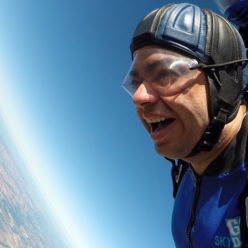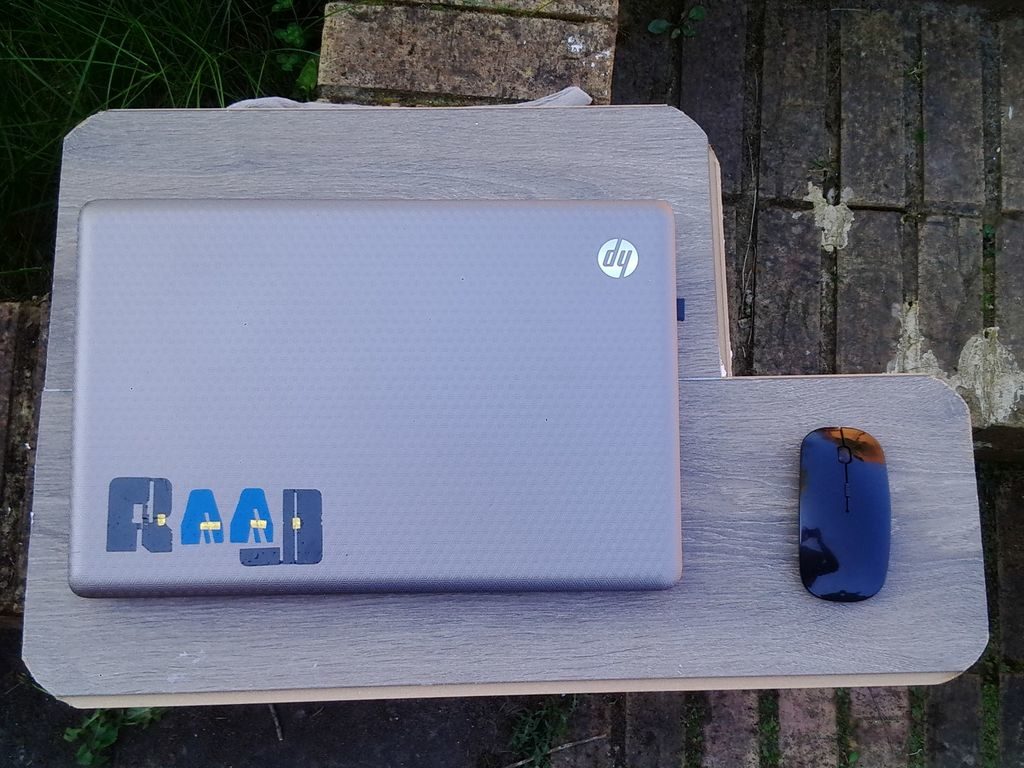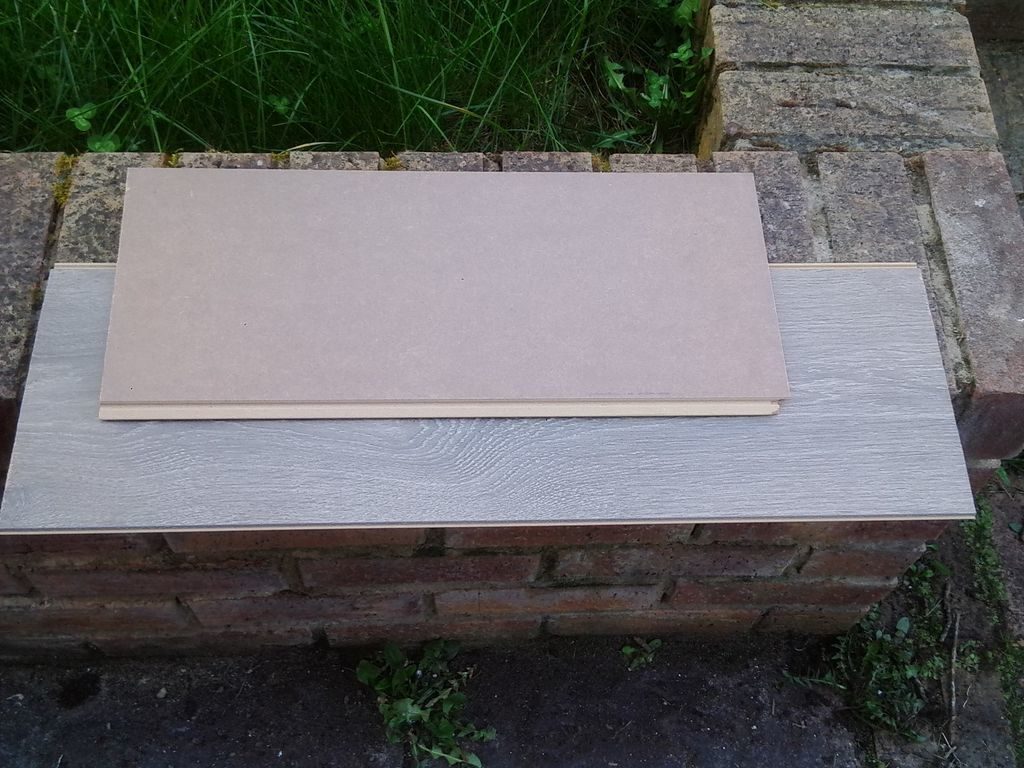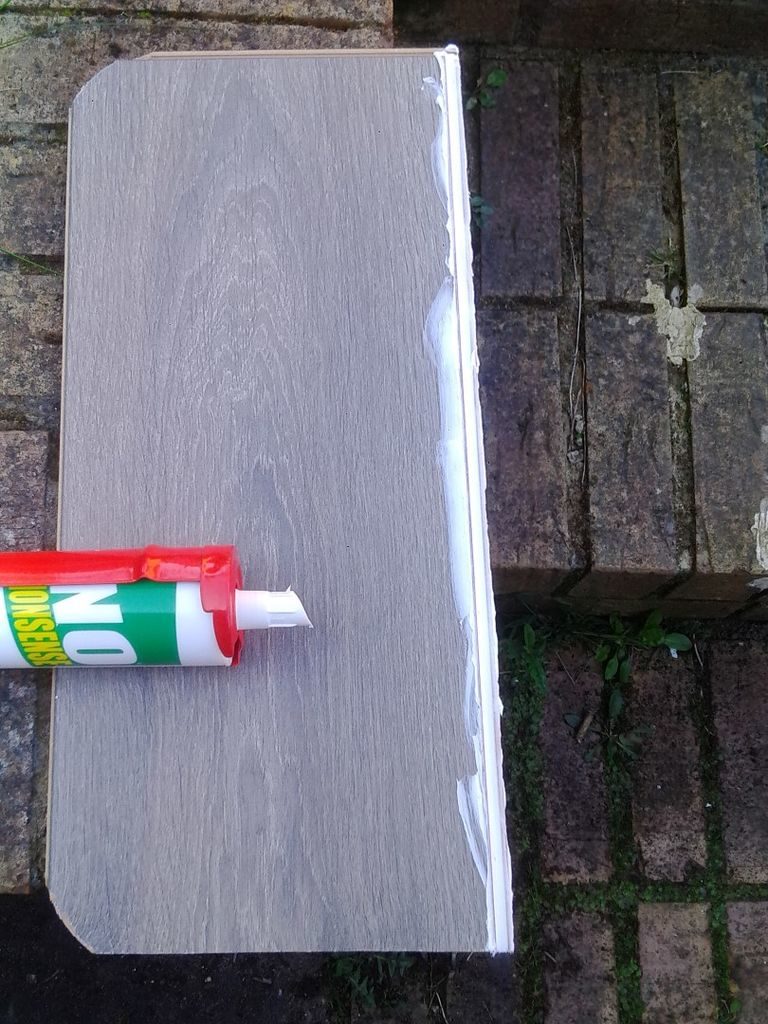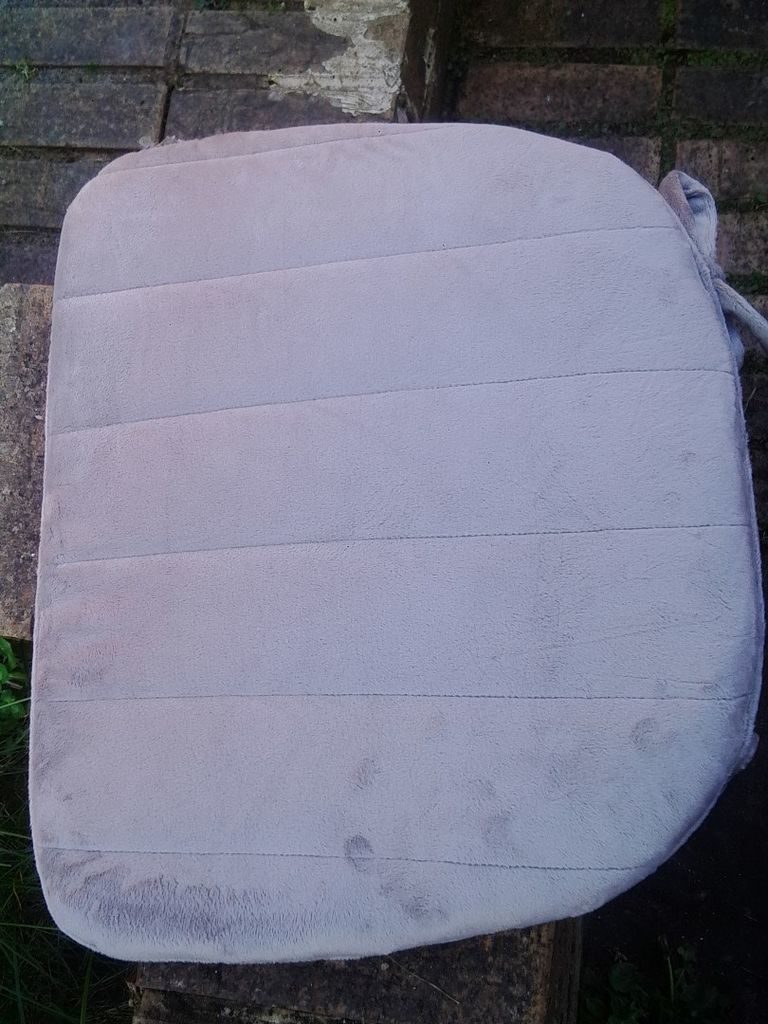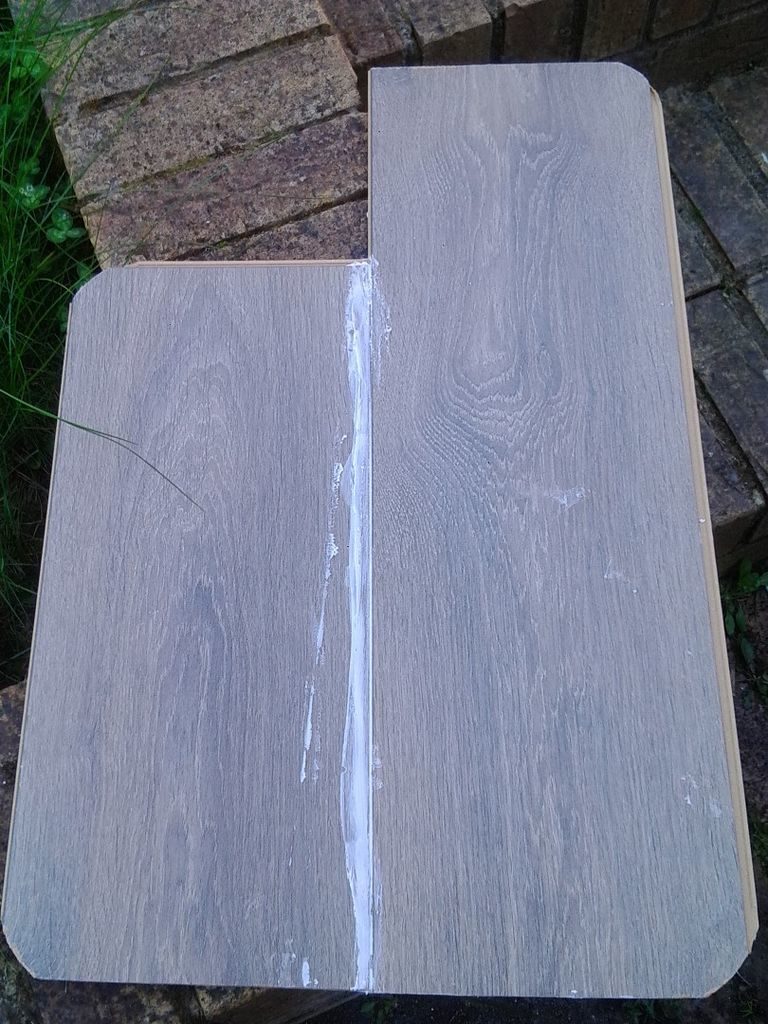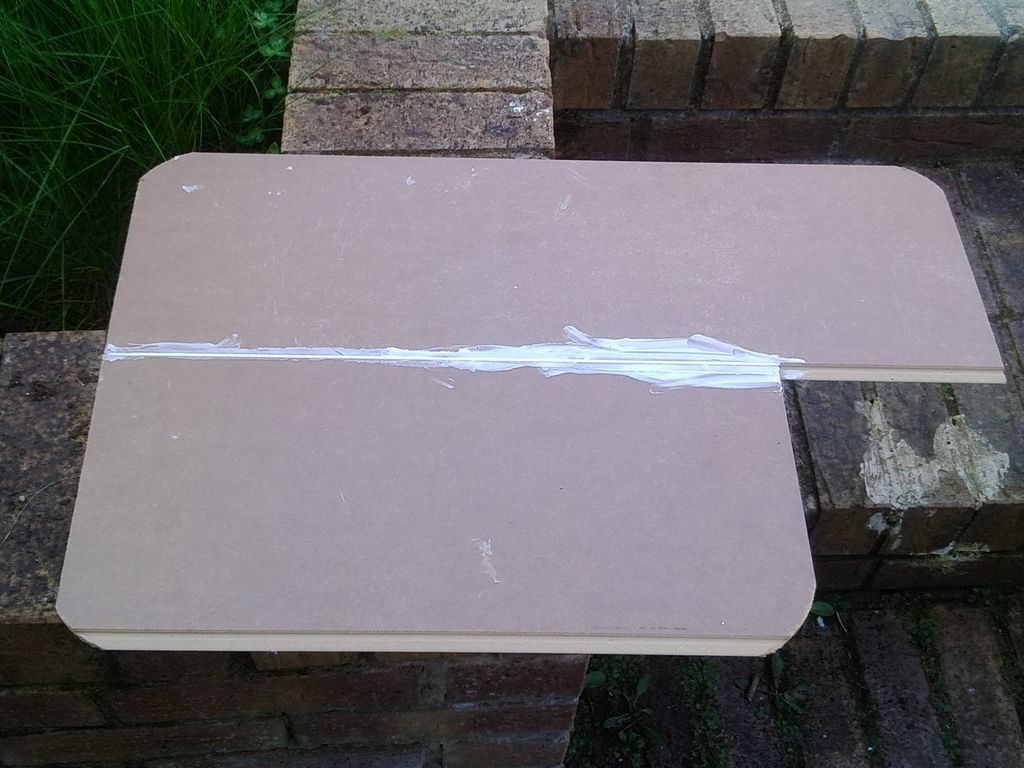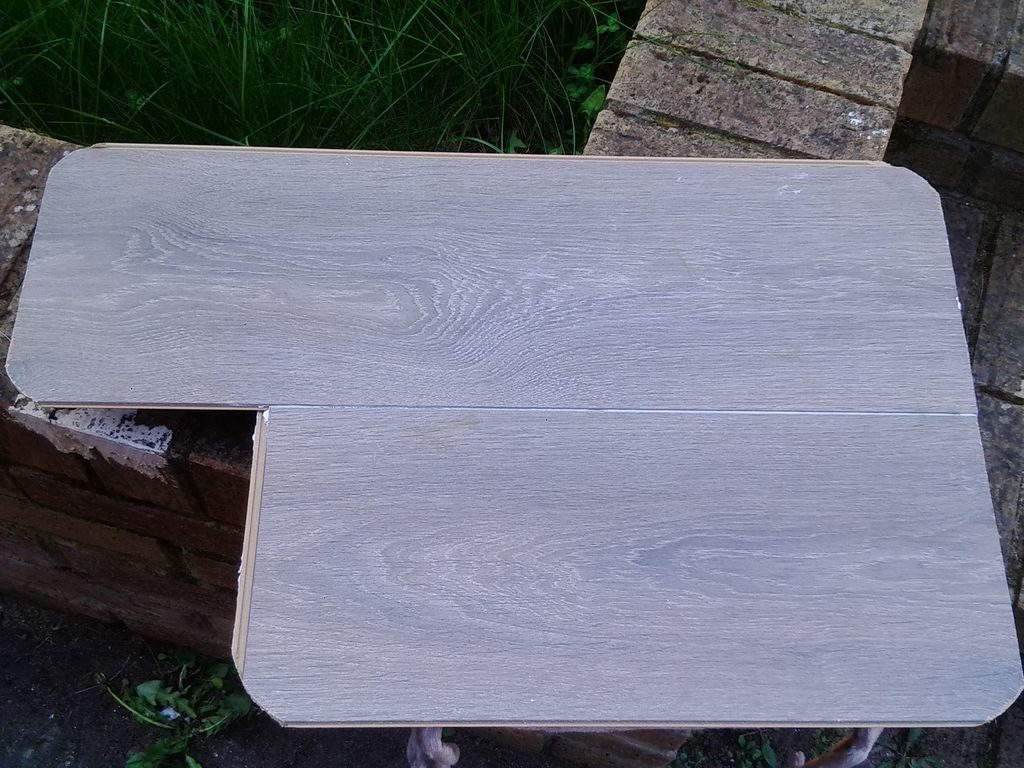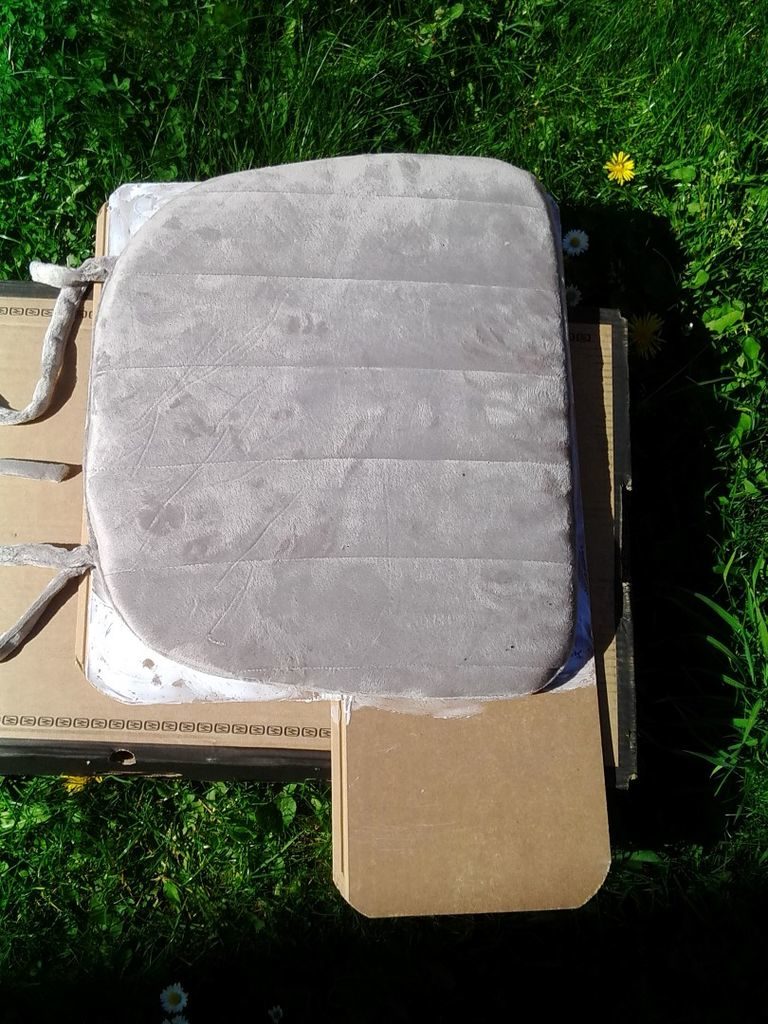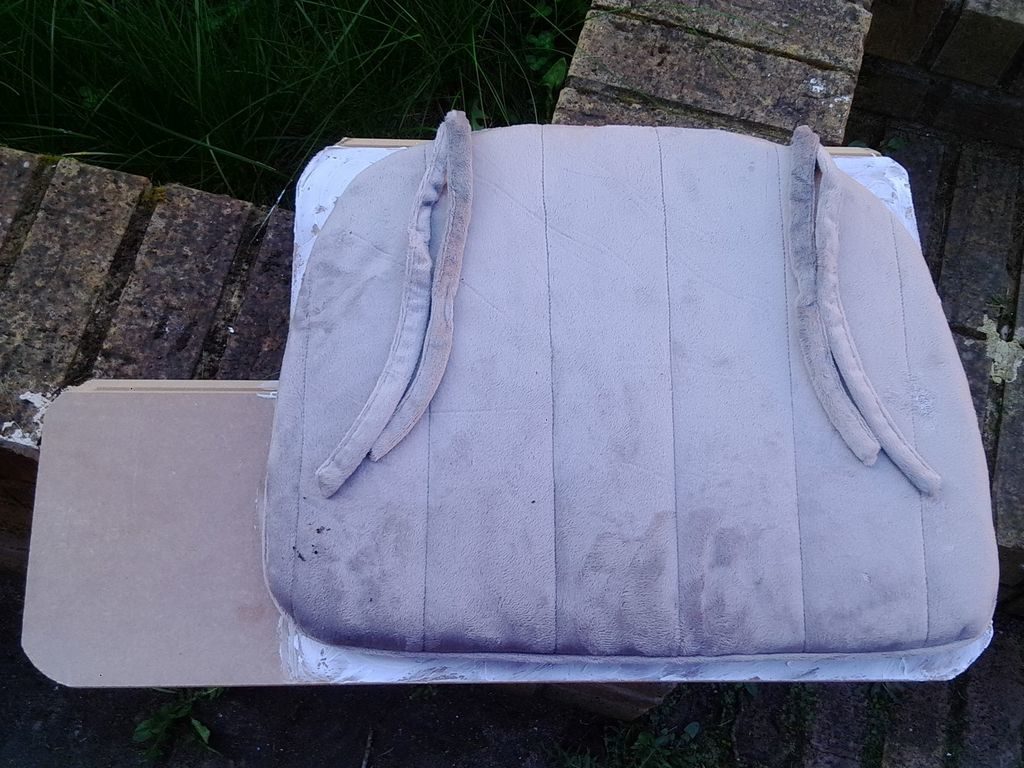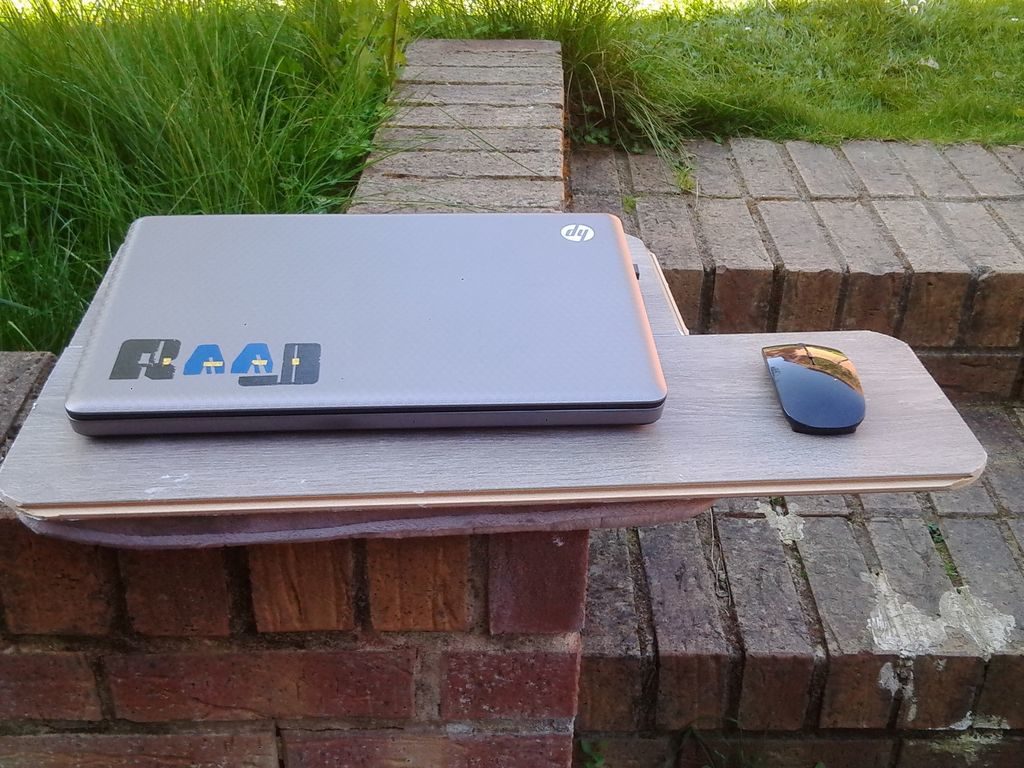I would like to share with you the story of my persistence in the face of tremendous adversities, the struggle of my life to achieve my life long dream of successfully completing a PhD.
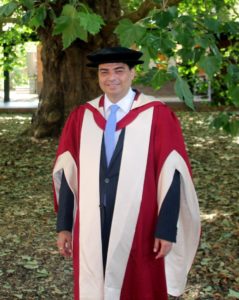
By sharing this, I hope to inspire the engineers particularly from Gujarat and India who at times, like me, have felt inferior, while even thinking to compete with other engineers from IITs, MITs, Cambridges, Oxfords, Standfords, Imperial Colleges, of the world. By reading this article you have read and understood the Disclaimer.
Chapter 1 : Reaching the “Escape Velocity”
Since childhood I had great affinity towards electronic systems and had been building electronic projects since then. I had my own laboratory at my home in India in which I used to do all the projects and experiments. So I graduated in Bachelor of Engineering in Power Electronics from the Lakhdhirji Engineering College in the Saurashtra University in the year 2000, in the state of Gujarat in India with a First Class with Distinction. I had worked on a number of successful industrial projects involving microprocessors and micro-controllers during my engineering studies. I then did a Postgraduate Specialisation in ASIC/VLSI Design through a vocational course in which I stood first in the class and achieved a First Class with Distinction too. I was then selected in a reputed chip design company in a campus interview in the year 2000. It was January 2003 and I had gained a few years of very valuable experience in R&D in the field of ASIC/FPGA design and verification. I wanted to gain some international exposure so I chose to go for higher studies abroad.
I started applying to a number of universities in Australia and the UK through university representatives/agents in India. I got admission offers from a few good universities. These representatives typically get commission from the university for each admission as education is a big business around the world. I decided to accept admission in a taught MSc in Microelectronics & Communications programme in a university in Newcastle upon Tyne in the UK in the January 2003 intake. The course appeared to provide knowledge in both Microelectronics and Communications disciplines. I paid the first installment of the University fees of £2500 mainly from my Dad’s savings. I then discovered that the university offered a fee bursary of approximately £1000 if it was applied for before a certain date. However, I learnt that the representative through whom I received the admission, did not inform me about this in time and as a result I missed the deadline. This resulted in a loss of about £1000 to me. In Indian currency this amount equaled to roughly 85,000 Indian Rupees, which was a huge amount. This was a big financial blow particularly when I had taken an educational loan from a bank and used up all the savings from my Dad to finance the fees and my living expense. The representative kept insisting that I should be able to get the scholarship once I reach there. So I decided to accept the admission and came to the UK hoping that I should be able to convince the university by meeting them in person.
Chapter 2 : Student in the UK
I reached the city of Newcastle upon Tyne where the university was located in Jan 2003 as a student on a student visa to the UK. I soon met with and asked many relevant people in the university and tried to get the bursary. I also personally met the Dean of the technical school, but all efforts were in vain as they all denied stating that since I had missed the deadline to apply for scholarship they could do nothing. I was very disappointed to say the least and felt deceived by the representative. After studying for 3 weeks I experienced that a taught MSc programme from the university could not offer me the level of technical and technological exposure I wanted. This is because I had already been exposed to much advanced level of technology in my study and work experience in India. I had very high expectations in terms of gaining even more advanced technological exposure in the UK however the taught MSc programme disappointed me. I also learnt that the typical taught MSc degree of one year duration is not recognised as a Master degree in India and many other EU countries. During the first 4 weeks of my study, I met a fellow senior Indian student who guided me and showed me that there were a few good UK universities who could offered me the level of exposure that I wanted in the field of my chosen study.
Chapter 3 : Leaving the Studies
So I started applying in fully funded research/PhD programmes directly in many top universities in the field. I was confident that if they would give me an opportunity to present myself in a personal interview, I would definitely get through. At the same time, I thought of withdrawing my studies from the university in order to get my fees refunded. As per the university policy I had to withdraw within 4 weeks of my enrollment to get the fees back. And it was the last day of 4th week when I came to know about the policy. If I wanted to withdraw, I needed to withdraw on the same day, if I didn’t withdraw, it would have meant that all the money and time could have been spent in vain. So I tried and managed to summon up enough courage to withdraw from the course in Feb 2003 and got the fees, the first installment, back. I didn’t know anybody in the UK at the time and felt quite scared. I thought of returning to India but I would have been proven fool, as I had left a prestigious job so returning would have been shameful. I felt that there was no future left for me in the UK apart from working in odd jobs. I really hadn’t come to UK to do odd jobs.
I then remembered the famous sayings of Dr. Robert Schuller “Tough times never lasts but Tough People Do”, and also “I will persist until I succeed” “Success is never ending failure is never final”. I was confident in my technical abilities, skills and knowledge. I decided not to give up. I became ready to deal with the world. So, first as a backup plan, plan B, I had postponed my admission in the same university in the subsequent intake in September 2003 and applied for the bursary. This time I was well in time for the scholarship application! The plan was to come back to the same university in September if all my efforts to get into research did not materialise.
I then moved to London as I thought I would get more opportunities in the capital city while surviving on the refunded fees. I continued applying into taught and fully funded and sponsored research/PhD programmes in some of the best universities in the UK and Ireland in my chosen technical field as advised by the fellow senior student. As I started getting responses from the university, I was disappointed to see mainly the rejections. I really did not want to take another chance of accepting into a taught Master degree course. I also learnt that most of the top universities had some sort of scale to check the grade/level of the student’s home university where he/she would have done their Bachelor from. I learnt that the university where I did my Bachelor appeared to be way down in the scale and perhaps as a result I was rejected straight away in many taught MSc programmes.
Chapter 4 : Moving to Ireland
However, in April 2003, after receiving about 10 rejections, I received a positive response from a University in Dublin for a direct admission in PhD in Ireland sponsored by a campus company. But before giving me a place, the campus company wanted to interview me and that is what I had been waiting for and had prepared myself for. They first took a telephonic interview as they were in Republic of Ireland and I was in London. They were impressed and wanted to call me for a personal interview. They asked my references in India in my previous company after which they emailed tickets to Ireland for a personal interview with very short notice of only 3 days. At the same time, I wanted to demonstrate some of my past work to them in the personal interview on a laptop. I did not have a laptop nor could I afford to buy one so I managed to borrow a very low spec old laptop from a house mate. Also I did not have a visa to the Republic of Ireland as it is a different country and not part of the UK.
So I had to apply for a visitor’s visa to Ireland from London. However, since I was in process of applying for a place in a university, I could not produce any official letters from a university to furnish to the embassy along with my visitor’s visa application. So I decided to take temporary admission in a university in London which was cheaper and paid some deposit in order obtain the necessary letters. I was able to produce the papers only on the second day in the 3 days time that I was offered for the interview. Fortunately, the immigration officer at the embassy was kind and granted me the much needed visa on the same day and then I was able to fly to Dublin the next day. Since I could not afford to buy a proper new suit from for the interview, I bought a jacket from a charity shop. This is because I had to make the refunded fees last as long as possible atleast until I get a fully funded position somewhere.
In April 2003, I appeared in the interview in the University. The team of researchers working for the campus company interviewed me for the whole day. Atleast, 10 different people split up in 3-4 people group had conducted my interview. The interview was highly technical. I managed to demonstrate some of my previous work in the borrowed laptop. I remained confident in the interview. Not a single question was unanswered. I came back to London and then, the next day, I was informed that I was selected for PhD position in the University funded through the campus company. The arrangement was that they would pay my fees and also pay an amount in the form of stipend. My struggle was not over yet, one more challenge I had to face was to get a student’s visa of Ireland. I then applied for a student’s visa to Ireland from the Irish embassy in London. After waiting for two months in London, in June 2003, my application for the student visa was rejected. But the university colleagues at the campus company in Ireland supported me and they made an appeal on my behalf to the department of immigration in Dublin and finally then I received the visa. I flew and reached Dublin and started the work in July 2003.
After few months, I learnt that I had received bursary of £1000 from the UK University in the September intake for which I had a confirmed admission as a plan B. This proved that the university representative did mislead me into losing the bursary in the first attempt. However not offering me bursary in the first place changed the course of my life. I learnt a lot in those struggling months. I struggled a lot with the world. I did not give up even if I got failures at every step.
The position was such that the work for the company was going to be considered towards my PhD. So I continued performing my duties as an ASIC/FPGA verification engineer and tried to use the work towards my PhD. After two years of fully concentrating on the research in this company, the company lost the funding due to a dispute between the directors. I felt that I was on the road again, was quite depressed thinking what to do. Should I write up a Masters thesis on what I did for the company as it was 2 years worth work, as it wasn’t enough to get a PhD. At the same time I came across an opportunity in the department of Computer Science, which was for a MSc by research in different project/research but relevant area but had funding for only 18 months. I decided to take up that MSc thinking that I could try to find a way to club my previous work which was in totally different project with this new project towards completing a PhD. The hope was that my new supervisor then would be able to secure funding for more 18 months in order for me to complete the PhD. Since the new project was in a different area of research I could not finish my PhD and my dream of getting a PhD didn’t come true. I ended up with a Master by Research degree in Computer Science as there was uncertainty to obtain funding for an another 18 months required for the completion of my PhD in the new area of research. I then decided to take up a job with an aim to settle down. I applied to a number of chip design companies and after a number of interviews, was offered a job in a company in the Netherlands. After facing a lot of challenges in obtaining a work visa to the Netherlands, I lived and worked there for about one and half years.
Chapter 5 : Back to the UK from the Netherlands
Due to family situation, I then decided to move to the UK. I had almost given up on completing my dream of completing a PhD. I started applying for jobs in the UK and I was called for an interview for a Researcher, research staff position in the well-known School of Systems Engineering in the University of Reading in the UK. It is at the School of Systems Engineering, rat’s brain cells were used to control and propel a mini robot. The world renowed Professor Kevin Warwick, used to work in the School of Systems Engineering in the University of Reading. I excelled at the interview and was selected for the position. I accepted the research position hoping that I might get a chance to complete a PhD. So again after obtaining a work visa to the UK, I moved to the UK in Reading in 2009. So after working as a researcher for about 18 months, I requested the university to allow me to pursue a part-time PhD. Initially, the university was reluctant so I started applying elsewhere in some of the top universities for the position of research fellow. I was offered a position in the Imperial College London in an unconventional but successful interview as described in my blog page. I then approached the university again with the offer at hand and the university agreed. Mainly for time saving reasons I did not choose to accept the offer from Imperial College London. I thank the University of Reading for providing me the opportunity to do a PhD. My supervisor Professor Atta Badii fully supported me in my application to the university to pursue a PhD.
Chapter 6 : The Closure of the School of Systems Engineering
Unfortunately, circumstances have never remained the same and adversities have always found their way into my life. The way I now look at problems, challenges, adversities is that they allow me to grow. I always think “Don’t ask Why me? Instead Try me!”. I keep the obvious truth in my mind that life gets boring without challenges. I try to live by what Anthony Robbins once said “The only people without problems are in cemeteries. If you don’t have problems, get on your knees and pray”. I particularly enjoy debugging and troubleshooting challenges at work as I now thrive on them. I think challenges keeps me employed, why would someone employ me if everything worked.
So by July 2016, the University of Reading closed the School of Systems Engineering. We, staff members were kept informed, so I had known about this and before this happened, I had found a job in a company outside the university and had left the university. However, this had a great impact on my PhD studies. While I settled down in the new job outside the university, I had to suspend my studies. After about roughly an year, I restarted my studies with a view to completing my PhD once and for all, while working full-time at the company outside the university. It was very challenging to say the least. I had to use my evenings and weekends and stop all my other projects, activities and socialising so that I can focus solely on completing my PhD. I realised that since I was no longer working in the university and the closure of the School of Systems Engineering meant that I did not have an easy access to any of the laboratory resources of the university in the form of servers, EDA-SW tools, computers and hardware tools. So I decided to resurrect all my experiments in my home lab . I bought a couple of second hand hi-spec Xeon servers and installed the necessary software. I bought and borrowed the necessary FPGA boards for my experiments. I requested donation of SW licenses for the various EDA-SW tools from Xilinx for me to conduct the necessary experiments at home. Xilinx kindly offered me the donation for which I remained forever grateful. I also bought licenses for a number of other software tools as required in my research from my own pocket, but it was at a cheaper rate due to buying under a student’s license.
For past 2 years, I had been working intensively, working on all my evenings and weekends in the university library towards completing my PhD. This involved in first writing up and submitting 3 soft bound copies of my thesis to the examination office in the University of Reading. I submitted this in September 2017. I extensively used the study space called “the study” facilitated by the Reading University Student Union (RUSU) . I spent countless hours and nights working on and writing my thesis in “the study” from July 2017 to September 2017. I thank RUSU and the University for providing me with such a great facility to study.
I then defended my thesis in a Viva Voce examination in Jan 2018. I successfully passed the exam subject to minor corrections. This was the most typical result one would expect to get in a PhD exam. I then applied the corrections and resubmitted the thesis to my internal examiner who accepted the corrections in May 2018. I then got the thesis hard bound in a book form in two copies and submitted the same to the university by the end of June 2018. As the final milestone achieved, I have now received the PhD degree certificate in a graduation ceremony just a week ago in July 2018. So finally I have started using the “Dr” in front of my name and my life long dream of successfully completing a PhD came true. The title of my thesis is:
“Content Driven Energy Efficiency Analysis of Hardware Accelerated Spatial Filters for Digital Image Processing”
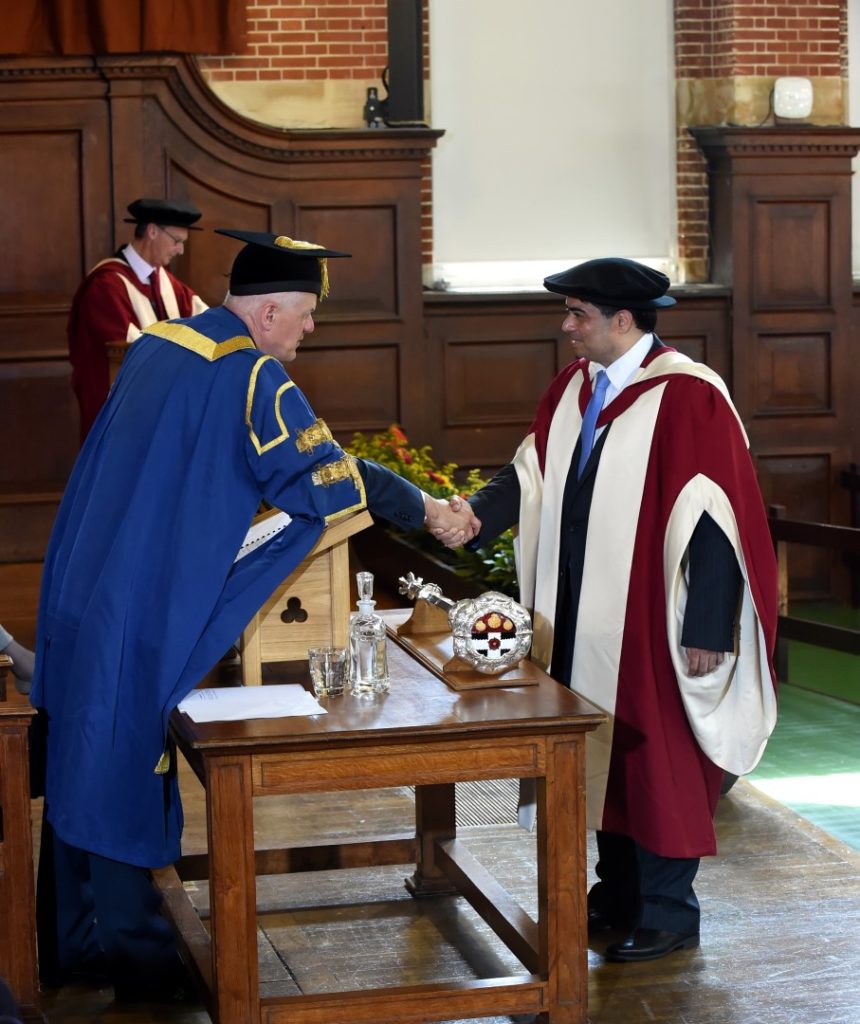
Photo Caption: Sir David Bell, the vice chancellor of the University of Reading, congratulating Dr Rajkumar Raval on receiving his PhD in the graduation ceremony held on 5th July 2018 at the University of Reading.
I would like to convey special thanks to my supervisor Professor Atta Badii. His support in the successful completion of my PhD had been paramount. Despite moving to industry due to the closure of the school, Professor Badii supported and guided me even on weekends. Without his support I would not have been able to finish my PhD and I remain forever indebted to him.
Chapter 7 : My Insight. The Aha! Moment
I must acknowledge the guidance from my ex-colleague Dr Ali Khan who also completed his PhD from University of Reading, a data scientist and a friend. He showed me the path to learning quantitative and empirical research through experimental design and hypothesis validation using statistical hypothesis testing methods. I learnt, followed and extensively applied the “Experimental Design” or the “Design of Experiments” in my research and thesis.
The insight I gained is that I could approach any challenge that life throws at me by applying the Experimental Design Methodology. The way I would design life’s experiment is as follows: Life’s challenges could be viewed as hypotheses which I need to prove or disprove. I could view the challenging situation, which can provide me with an outcome, as the dependent variable. The factors of the situation that I can control and hence vary, can be viewed as the independent variables. The known and unknown factors that are not under my control can be considered as confounding factors. The factors that I should try to keep constant can be viewed as the controlled variables. That’s it, all I then have to do is complete the design of the experiment by setting necessary instrumentation to receive the much needed feedback at every step/phase of dealing with the challenging situation while varying the independent variables and executing the experiment. I am currently thinking about this and developing my own theory of problem solving using the scientific approach. I will add a blog post once I have figured this out.
In the end, all I want to say is:
